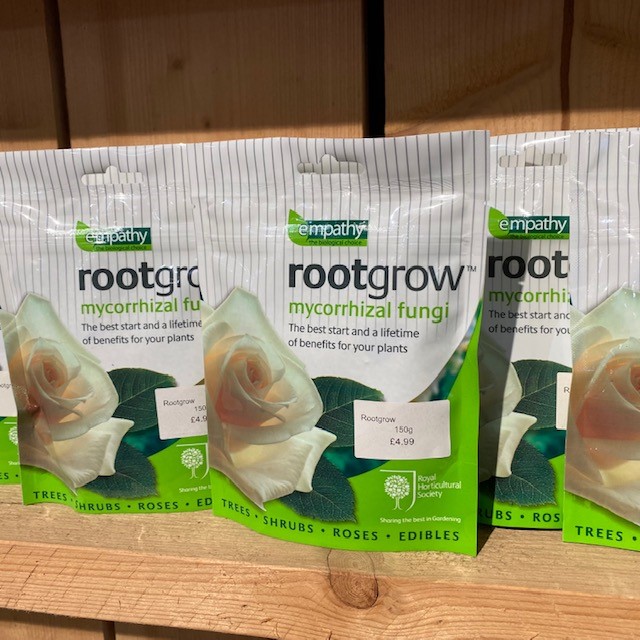‘Replant disease’ refers to the problem of re-establishing plants in soil where the same species has previously grown. Roses are perhaps the most commonly known example, but there are many species of trees and shrubs which are susceptible to this, including: Apple, Pear, Peach, Plum, and Quince.
With ‘Replant disease’ typically, the new plant will survive for a year or two, but then will fail to thrive before eventually dying off. The exact cause is still not well understood, but is believed to be caused by a build-up of soil pests and pathogens during the life of the first plant, which manages to live with the problems, where as a new plant tends to struggle and then be overcome by them. Another school of thought is that it is a natural defence mechanism to stop seedlings from a fallen fruit from competing with, and possibly overwhelming the parent plant. The roots of the previous plant need only to have been in the soil for a few months for the problem to occur.
The traditional way to overcome this problem was to swap the soil in the planting area with fresh soil from another part of the garden that hadn’t grown the same species in the previous nine years. The soil should be dug out to make a planting hole that is about 60cms across and at least 30cms deep. This is also the time to incorporate some well-rotted manure or home-made garden compost, to provide both nutrient and fibre to the soil, and especially to increase the beneficial micro-fauna and micro-flora of the soil.

Mycorrhizal products (such as ‘Rootgrow’) claim to be effective in countering replant problems, by restoring the naturally occurring soil fungi that aid the transfer of moisture and nutrients from soil to plant. The powders are a completely natural and plant-friendly fungus, which is supplied in sachets and can be sprinkled over the roots and into the planting hole at the time of planting – or watered on afterwards.

